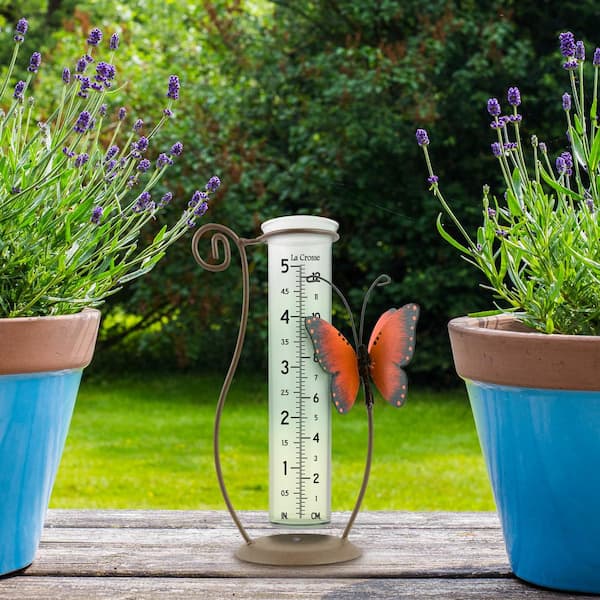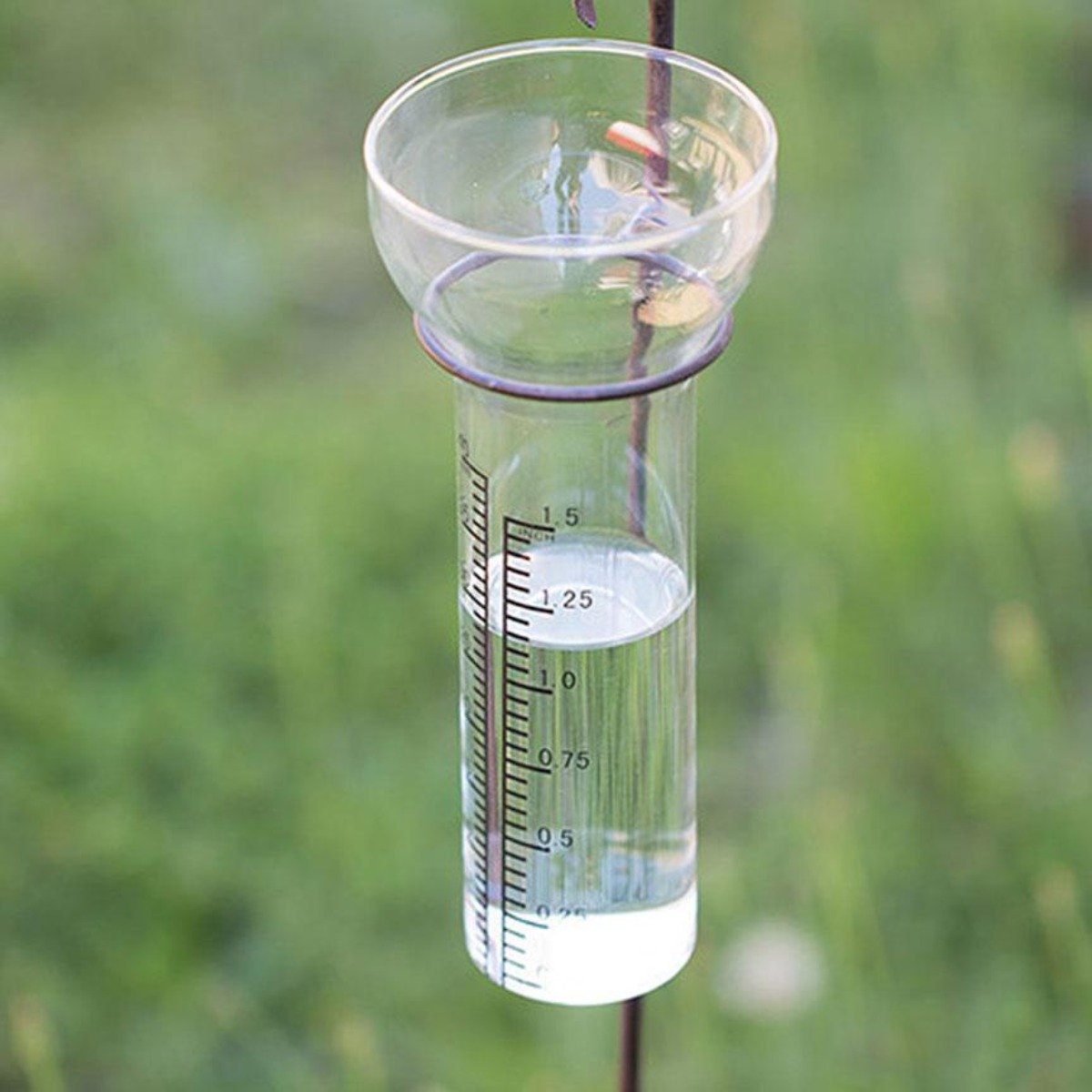The Rain Gauge: Encouraging Neighborhoods with Specific Rainfall Information
The Rain Gauge: Encouraging Neighborhoods with Specific Rainfall Information
Blog Article
Comprehending Rain Gauge Dimensions: A Complete Guide
Understanding Rainfall Gauge Measurements: A Total Guide is a comprehensive resource for any individual looking for a much deeper understanding of rain gauge dimensions. Rainfall is an important factor in different sectors, consisting of weather forecasting, farming, and water resource administration. This guide aims to supply readers with a thorough understanding of the importance of rain scale measurements, the different types of rainfall assesses available, and how these measurements are gotten and interpreted. In addition, it discovers the aspects that can affect the accuracy of rainfall gauge analyses and uses functional suggestions for obtaining exact measurements. Whether you are a specialist in the area or merely have an inquisitiveness concerning rains measurement, this guide will certainly equip you with the knowledge required to efficiently make use of rainfall scale measurements.
The Value of Rainfall Scale Measurements
The significance of rain gauge dimensions lies in their duty as a critical tool for accurately keeping an eye on and assessing precipitation levels - The Rain Gauge. Rainfall gauge measurements give important information that aids hydrologists and meteorologists comprehend patterns and patterns in rains, which subsequently aids in different areas such as farming, water resource monitoring, and environment study

Accurate rains measurements are essential for farming as they aid in determining watering needs, crop development, and yield forecasts. Farmers depend on this details to make informed decisions regarding when to sprinkle their plants, avoiding water waste and making sure ideal crop wellness. Additionally, rainfall data aids in analyzing the influence of dry spells or too much rainfall on plant production, making it possible for farmers to take ideal measures to reduce losses.
Water source management greatly relies upon rain gauge dimensions to establish the amount of water offered in rivers, storage tanks, and lakes. Specific dimensions make it possible for water supervisors to make enlightened decisions concerning water allowance and distribution, ensuring sustainable usage and protecting against lacks. This information is particularly important in regions where water shortage is a pressing issue.
Additionally, rainfall gauge measurements play an essential duty in climate research. By properly gauging rains over prolonged durations, researchers can evaluate lasting climate patterns and determine modifications in precipitation patterns due to environment change. This information aids policymakers and scientists create methods to adjust to and mitigate the impacts of environment change.
Sorts Of Rainfall Scales
There are different kinds of rainfall gauges utilized to measure precipitation precisely. Each type has its very own benefits and restrictions, making them suitable for various functions and atmospheres.
The most typical kind of rainfall scale is the common cylindrical gauge. It includes a round container with a wide funnel-shaped top to accumulate rainwater (The Rain Gauge). The water is after that funneled right into a graduated measuring tube, permitting exact measurement of the amount of rainfall
One more kind is the weighing rainfall gauge. This gauge makes use of a sensitive equilibrium to determine the weight of the collected rains. By transforming the weight into quantity, the amount of rainfall can be determined. Considering rain assesses are especially valuable in areas with frozen rainfall or hefty rainfall, as they are not influenced by splashing or dissipation.
Tipping bucket rainfall assesses use a device that pointers a tiny pail each time it accumulates a specific amount of rainwater. The variety of pointers is tape-recorded and utilized to determine the rains. This sort of gauge is typically used in automated climate stations as a result of its low maintenance requirements and capacity to provide real-time information.
Ultimately, there are radar-based rainfall determines that use radar technology to estimate rainfall. These gauges gauge the intensity of rains in a certain location by evaluating the mirrored radar signals. They are especially useful for determining precipitation over huge areas or in remote places.
How Rain Scale Measurements Work
Rainfall gauge dimensions are based upon the principle of gathering and determining the amount of rainfall. These tools are created to capture rainwater and offer an accurate dimension of the rains in a details area.
One of the most common kind of rain scale is the basic round gauge. It consists of a cylindrical container with a vast opening on top to accumulate rain. The gathered water is then channelled right into a determining tube, which is calibrated to supply the dimension in devices of size, normally inches or millimeters.
An additional kind of rain gauge is the tipping container Home Page scale. It uses a seesaw-like device with 2 containers that tip when they reach a specific weight threshold. Each tip of the pail stands for a particular quantity of rains, enabling specific dimensions.
Some sophisticated rainfall gauges are furnished with digital sensing units that automatically record and transmit data. These sensors make use of various modern technologies such as ultrasound or laser to determine the quantity of rainfall accurately.
Elements Impacting Rainfall Gauge Precision
Elements that can impact the accuracy of rain scale dimensions consist of numerous ecological and functional variables. Environmental factors such as wind, temperature level, and air pressure can significantly affect the accuracy of rainfall gauge measurements. Strong winds can trigger the rainfall scale to tilt or move, leading to inaccurate readings. Severe temperature levels can cause dissipation or freezing of the accumulated rainwater, leading to distorted dimensions. Modifications in air pressure can likewise affect the accuracy of rain scale measurements, as they can change the rate at which rains is gathered.
Operational variables, on the other hand, describe factors connected to the design, installation, and upkeep of the rainfall scale. The placement of the rainfall scale in a location with obstructed airflow or near trees or buildings can cause incorrect readings as a result of clog or splattering of rains. Improper calibration or uneven upkeep of the rain scale can additionally affect its accuracy.
To guarantee the precision of rain scale dimensions, it is vital to think about these variables and take suitable steps. This may include selecting a proper area for the rain gauge, making sure correct setup and upkeep, and consistently adjusting the tool. By dealing with these factors, trusted and exact rains dimensions can be gotten, which are critical for numerous applications such as weather condition projecting, hydrological researches, and have a peek at this site agriculture.
Tips for Precisely Gauging Rainfall
To ensure accurate rainfall measurements, it is essential to implement certain methods and techniques when making use of a rainfall scale. Right here are some tips for properly measuring rains:
Proper Positioning: navigate to this website Put the rainfall scale in an open location, far from trees, buildings, and other obstructions that might disrupt the rains collection. It ought to be positioned on a level surface area to prevent water merging or drainage.

Read the Range Appropriately: When taking measurements, read the water level at eye degree from all-time low of the curve. Avoid parallax mistakes by straightening your sight straight with the water level.
Constant Time Period: Establish a consistent time period for determining rains, such as every 24 hr or after each rains event. This guarantees accurate monitoring and contrast of rainfall data.
Record Measurements Immediately: Videotape rains dimensions as quickly as possible after collection to stop evaporation or splilling. Make use of a rain scale with a built-in data logging attribute for automated recording.
Conclusion
In final thought, recognizing rainfall gauge measurements is crucial for accurately measuring rains. It is crucial to think about elements that can affect the accuracy of rain scale dimensions, such as placement, dissipation, and wind.
Comprehending Rain Scale Dimensions: A Full Guide is an extensive resource for anybody looking for a much deeper understanding of rainfall scale dimensions. Whether you are a professional in the field or simply have a curiosity about rains dimension, this overview will furnish you with the understanding required to successfully make use of rain scale measurements.
The most usual kind of rain gauge is the standard round scale.The most usual kind of rain scale is the typical cylindrical gauge.One more type of rainfall scale is the tipping container scale.
Report this page